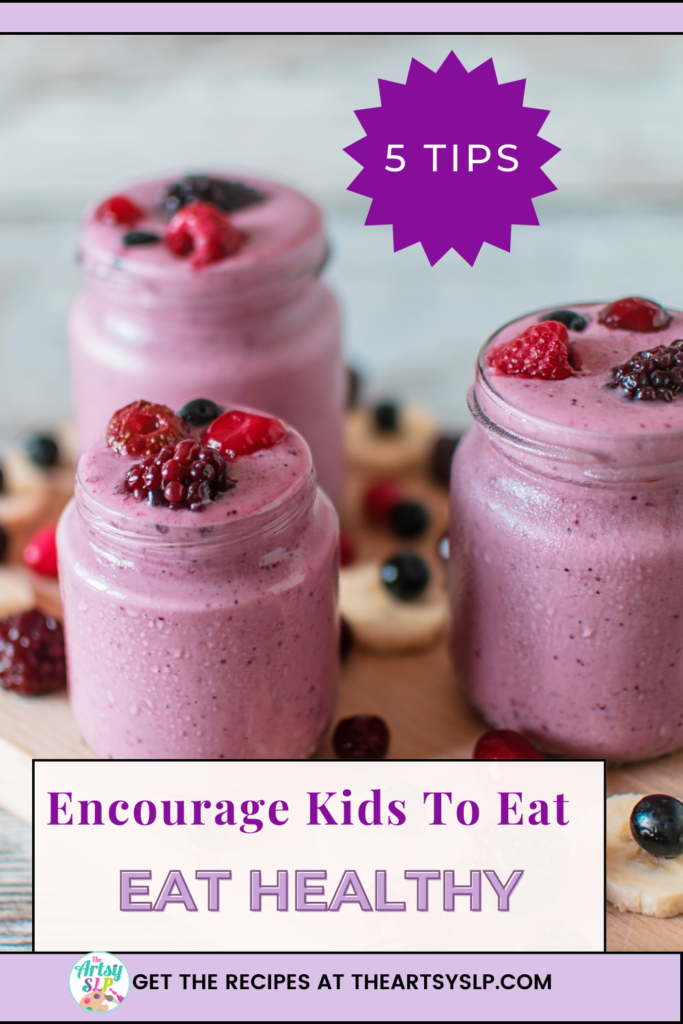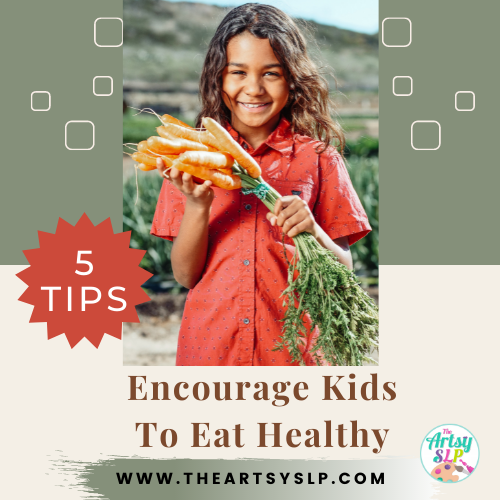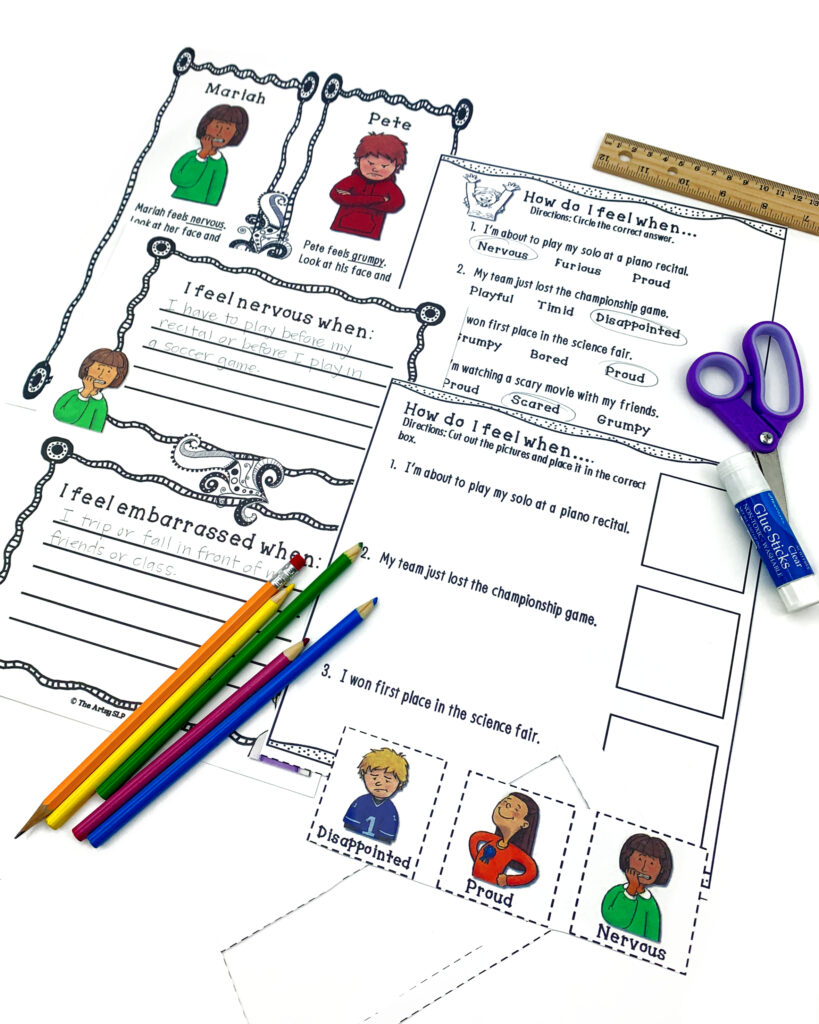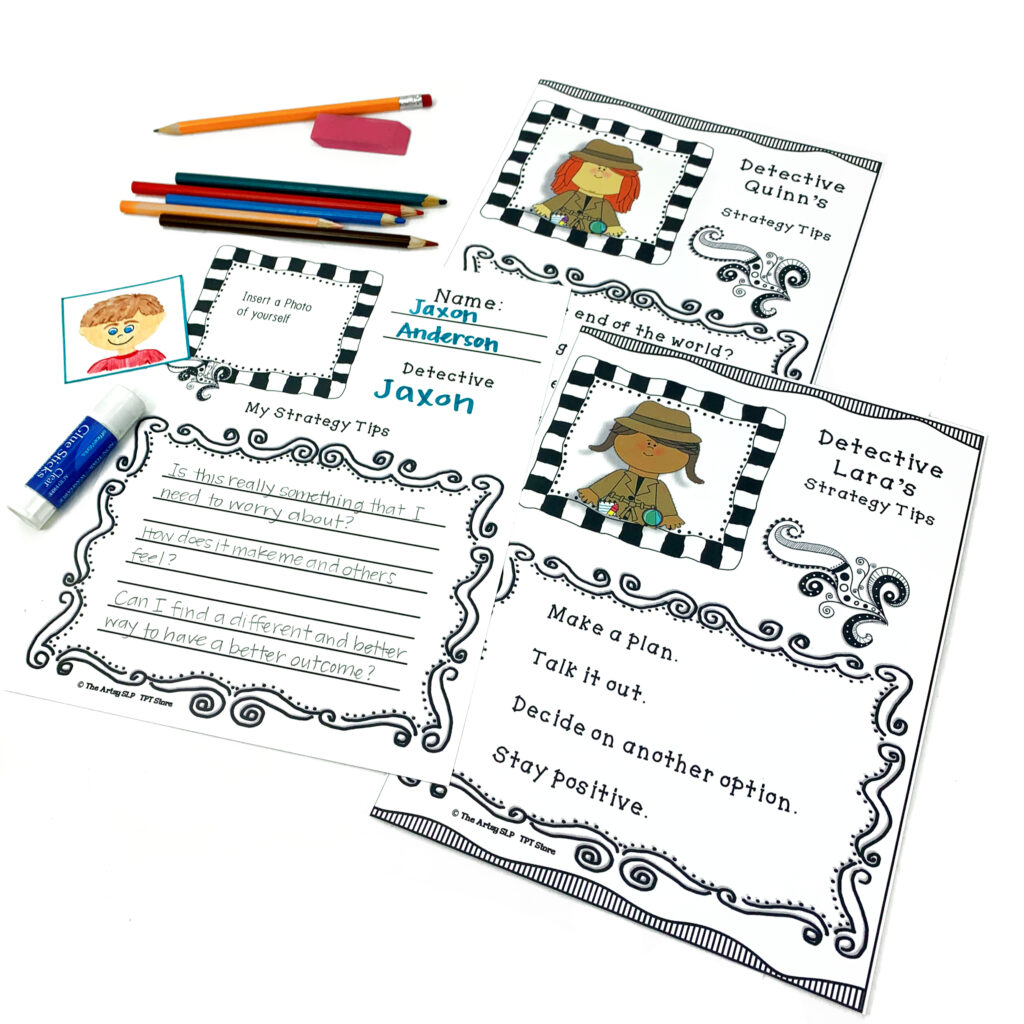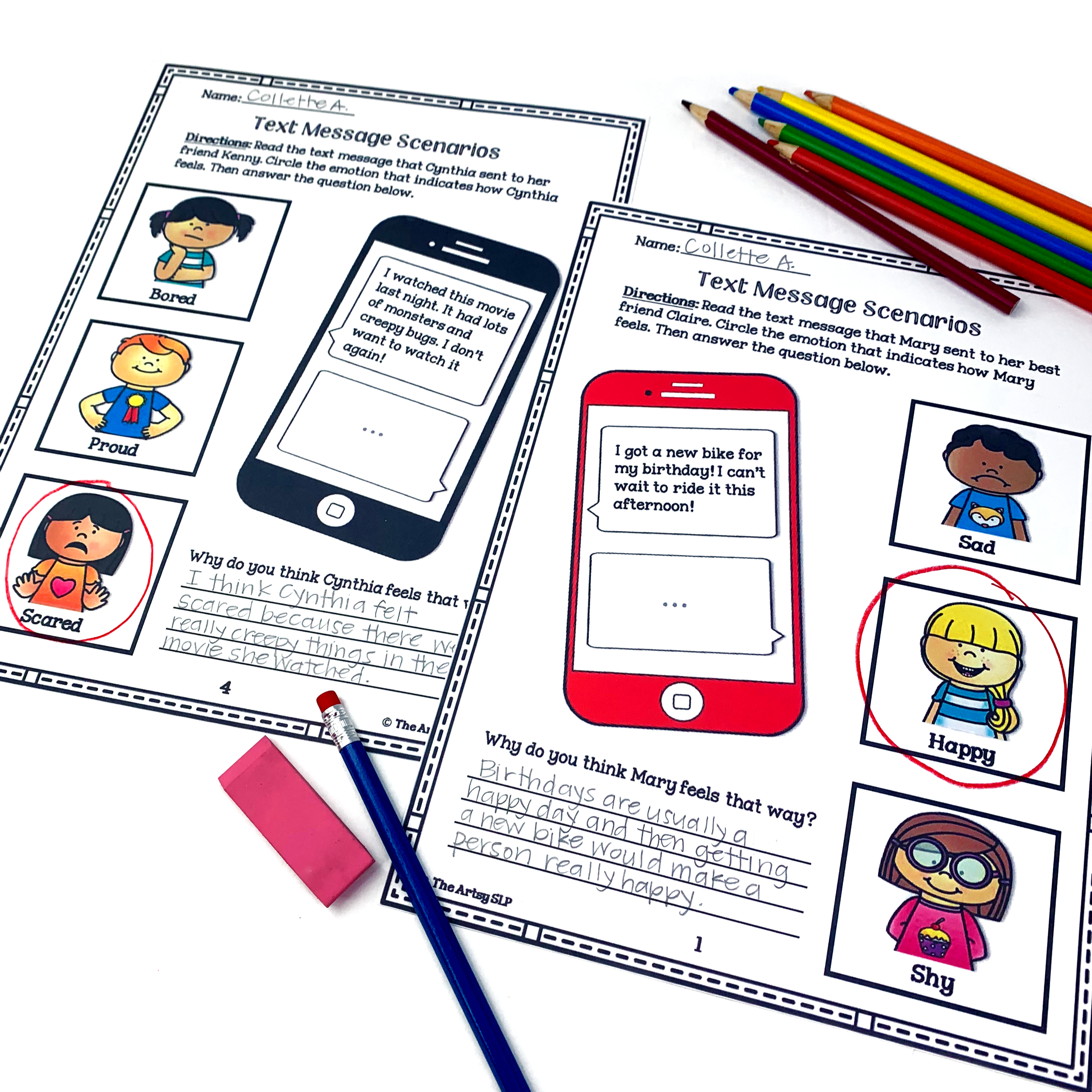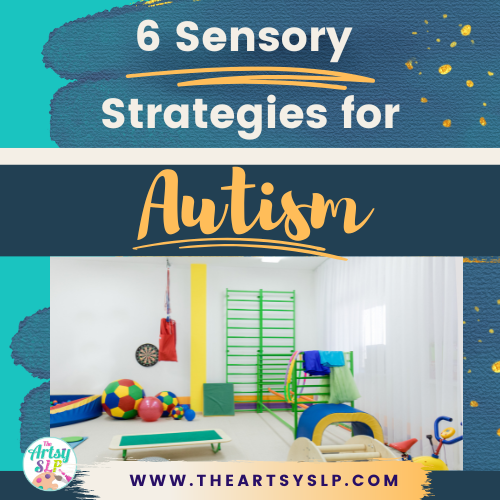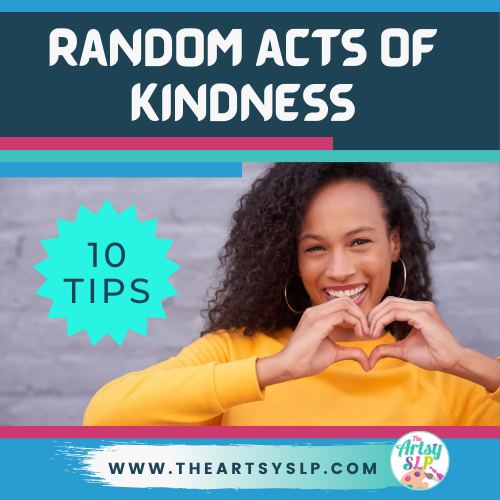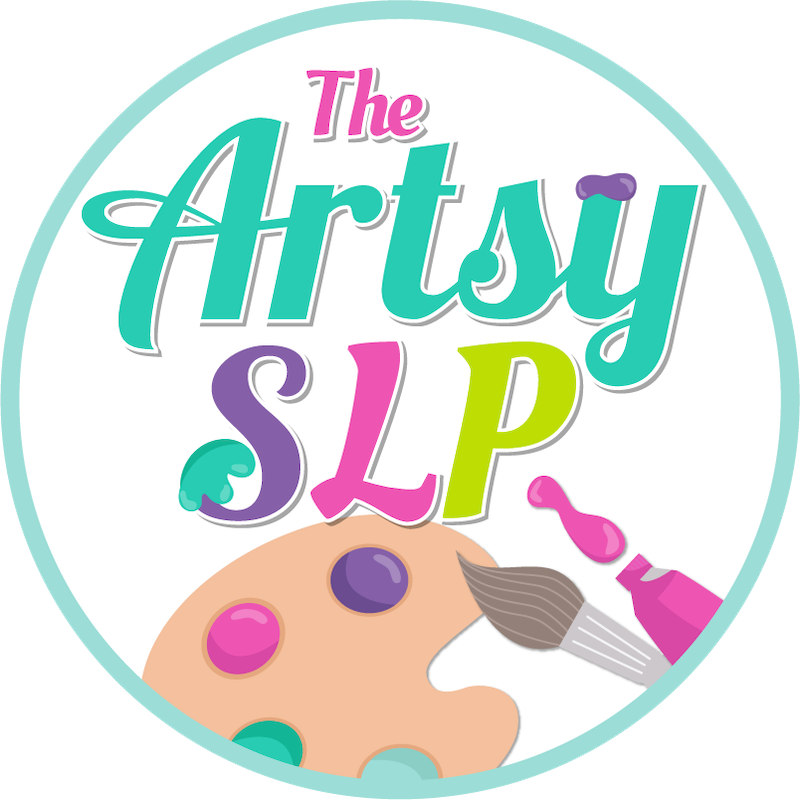As a parent, you want to encourage your kids to eat healthy. If your child has autism, then it can be even more of a challenge to introduce fruits and vegetables.
Before starting your kids on the healthy track, it’s helpful to understand why your child may be a picky eater. As a parent of a child with autism, I know the importance of wanting your child to eat healthy. Discover the science to why some kids are such picky eaters. Grab my Feelings and Emotions Freebie for more autism related activities.
The Science Behind Picky Eaters
Why is my autistic child so picky with food?
The most common reason is sensory processing. Children with autism are very particular when it comes to the texture and consistency of food. They may even develop aversions based on how a food visually looks and even how a food smells. Kids on the spectrum are also more prone to make associations. If they eat one green vegetable and they don’t like it, thus all green foods are bad.
What to do if my autistic child won’t eat vegetables?
Your child may have difficulty processing the food texture or food consistency. If children have an issue with the texture or consistency of a food, then they may not want to eat it. This is why so many kids on the spectrum are “picky eaters.”
Texture – Describes the sense of how the food/liquid feels when you eat it. Textures include solid, rough, smooth, or creamy.
Solids
- Regular – Harder to chew (raw vegetables, nuts/seeds, or crunchy foods)
- Soft – Smooth texture (ice cream, smoothies, or apple sauce)
- Minced or Moist – Soft texture (mashed potatoes or mashed bananas)
- Puree – Without lumps and easier to chew (yogurt or pureed foods)
- Mechanical Soft – Soft texture (eggs, deli meats, or breads)
Consistency – Describes the thickness and textures of food/liquid. Certain food textures are easier to chew and liquids are easier to digest.
Liquids
- Thin – Regular liquid that runs quickly (water or tea)
- Nectar – Thicker liquid that pours easily (creamy soups, tomato juice, or fruit nectar)
- Honey – Thicker liquid (yogurt or honey)
- Pudding – Liquids that keep their shape (jello or pudding)
Overall, your child’s aversion to certain types of food may have more to do with their sensory needs than the taste of the food. They may have a texture aversion instead.
RELATED: Communication 5 Common AAC Myths.
RELATED: Potty Training 7 Tips How Autism Impacts Potty Training and Potty Training Tips for Autism.
How To Get Your Child To Eat Healthy
1. Vegetables of a Different Color
Serve vegetables that are orange, yellow, red, or white. Children are quick to form associations, especially kids on the spectrum. For example, children may start to identify all vegetables or healthy foods as being green. Therefore, it is helpful to switch things up by serving vegetables of a different color.
Examples include:
- Carrots
- Cauliflower
- Squash
- Sweet Potatoes
- Tomatoes
2. Experiment with Different Textures
Fix fruits and vegetables with a different texture. Have your child try diced, riced, mashed, or linguini noodle vegetables. Also consider applesauce, fruit cups, or fruit-veggie squeeze (in a puree). I prefer to buy the frozen riced or mashed vegetables that are already prepared. Then try spooning it onto your child’s plate along with their favorite foods.
One of my favorites:

3. Add Fruits and Vegetables To Preferred Foods
Become creative by adding vegetables to your child’s preferred foods. You can hide vegetables within your child’s meal.
Examples include:
- Homemade chicken nuggets rolled in a sweet potatoes crust
- Add veggies to pasta sauces
- Vegetable based soups
- Pizza with a cauliflower crust
- Fruit in yogurt or ice cream
4. Veggie Snacks
Introduce vegetables in a different form. Provide healthy snacks that include veggies. Be sure to check the labels to choose the healthiest options.
Examples include:
- Veggie-chips
- Veggie-sticks
- Green chips
- Veggie-pops
5. Include Fruits and Veggies in Smoothies
Smoothies are a favorite for many kids due to their sweet flavor and smooth consistency. Add leafy green vegetables like kale or spinach and other vegetables like carrots or zucchini. I’ve had the best results with adding kale to my smoothies. This is a mild leafy green vegetable and is not detected in the smoothie. I find some of the other vegetables, such as spinach, tend to have more of a twang that you can detect.
Smoothie Tips
You can buy kale fresh and cut it up. You could also buy fresh kale in a bag already cut and ready to use. After I wash my kale, I put it in a zip-lock plastic bag and put it in the freezer. Then it’s ready to go when I need it. I measure 1/4 Cup of kale in my smoothies. You can always use more, but I find that’s the perfect amount. When I use more than that, it takes over the taste of the fruit.

Frozen Fruits and Vegetables
I find that smoothies taste better when the fruits and vegetables are frozen. You can cut up the fruit and freeze it. You could also buy fruit that is already frozen and ready for smoothies. I use 1 Cup of fruit in my smoothie. Bonus Tip: Although I do frequently use fresh bananas in my smoothies. It gives the smoothies a nice texture and adds flavor. I usually use 1 cut up banana.
Frozen Fruits For Smoothies:
- Mangos
- Peaches
- Strawberries
- Bananas
- Pineapples
- Mixed Fruit Packs

I like to use the mixed fruit, but I also like to combine my own fruit. When buying the mixed fruit, I look for the variety packs that include little pouches. It’s quick to prepare and it has a single serving size all in one.
Add Liquid
The last step is to add a liquid to blend it all together. You can use a variety of liquids to blend your smoothie. I use 1 Cup of liquid.
Liquids:
- Milk
- Non Dairy (Soy, Almond, Coconut)
- Orange Juice
- Water

Fruit Smoothie Recipe
- 1/4 Cup of Frozen Kale
- 1 Cup of Frozen Fruit
- 1 Cup of Liquid (Water, Milk, or Juice)
- 1 Cut up Banana
- Blend for 5-7 Minutes
- Serving Size is 2-3 servings
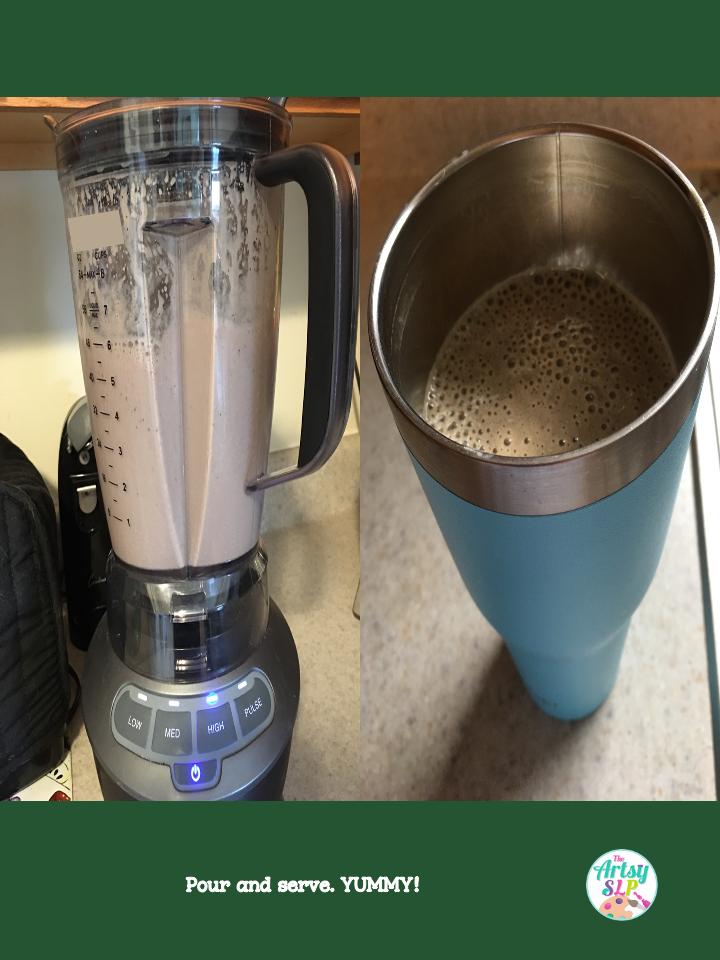
The last step is to enjoy. I use a thermos mug to keep my smoothie icy cold for hours.
Conclusion
Now that you understand the science behind picky eaters and texture aversions, I hope that it will help you encourage your kids to eat a healthier diet.
Additional Resources:
